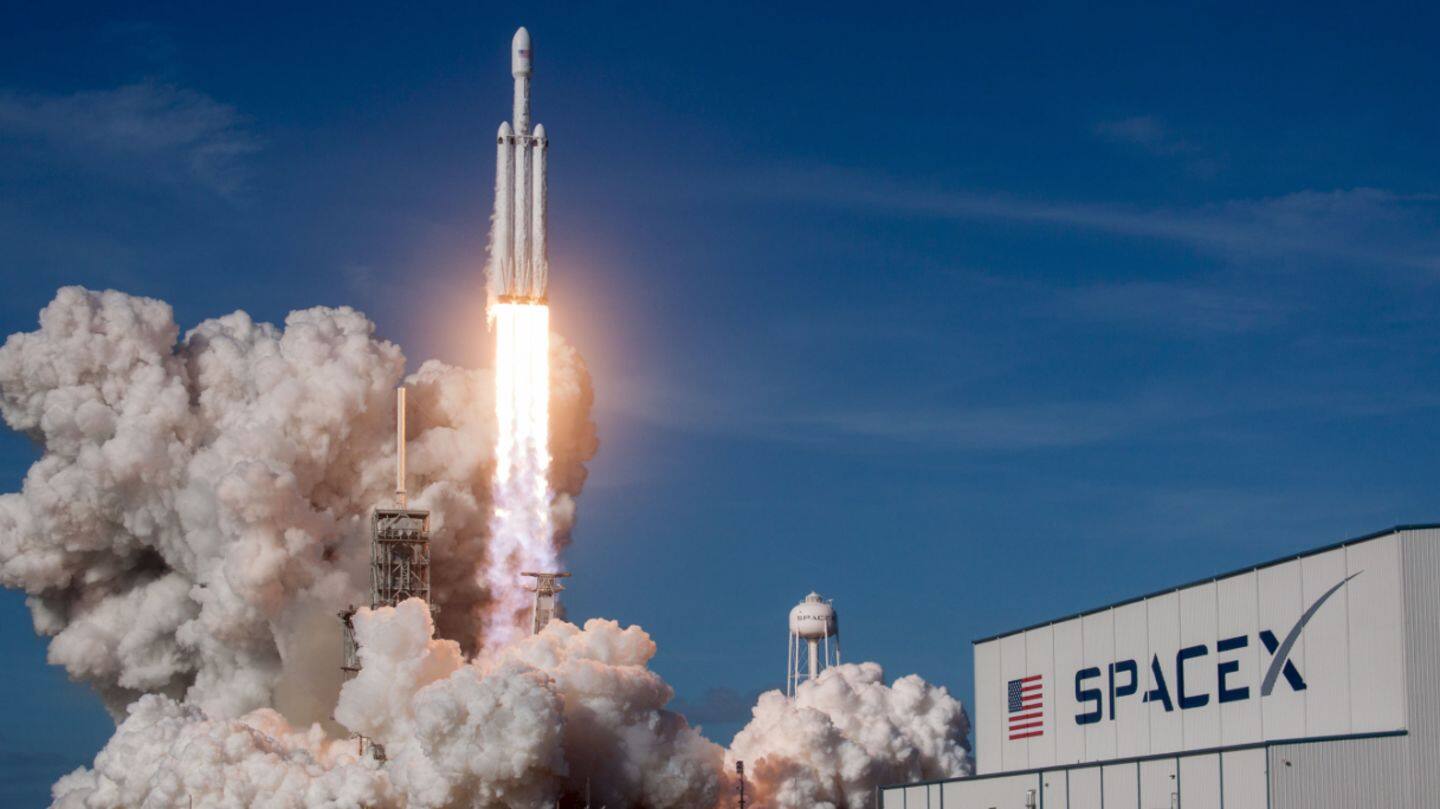
SpaceX's Falcon 9 created a giant hole in the ionosphere
What's the story
A group of researchers have determined that SpaceX's Falcon 9 rocket, launched in August 2017 (the Formosat-5 mission), created a gigantic circular shock wave, carving a nearly 900-km-wide hole into the plasma of the ionosphere. This phenomenon, similar to a localized magnetic storm, lasted for up to 3 hours and was produced because of the Falcon 9's light payload. Here are the details.
A 900-km-wide hole
How did Falcon 9's light payload contributed to this phenomenon
While most rockets follow a curved trajectory to reduce gravity drag and alleviate stress, the SpaceX's Falcon 9 rocket defied those norms. This happened because the Falcon 9 was carrying such a light payload (Formosat-5 weighed just 475Kg) that it maintained a near vertical trajectory and in doing so, its booster and second stage, created gigantic shock waves in the plasma of the ionosphere.
GPS Navigation
Ionospheric disruptions can significantly skew Global Positioning System
The lead author of this study, Charles C.H. Lin of the National Cheng Kung University in Taiwan, said the Falcon-9 induced error for GPS navigation devices 'was not too significant'. However, "without considering the rocket launch effects, there are errors from ionosphere, troposphere and other factors that will produce up to 20-meter errors or more," he added.
Quote
Rocket launches may have undesired consequences
"Humans are entering an era that rocket launches are becoming usual. Meanwhile, humans are developing more powerful rockets to send cargoes to other planets. These two factors will gradually affect the middle and upper atmosphere more," quipped Charles Lin.